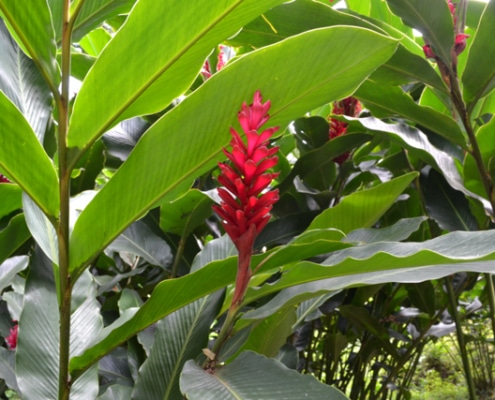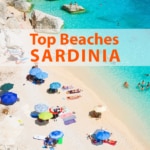We’ve been there!
We sailed the one-way route from St. Lucia to Grenada stopping at St. Vincent along the way. Another time we did Martinique to Bequia and again we stopped in St. Vincent. There is a good reason – dense rain forest – warm water – friendly people – lots of bays, beaches and anchorages. The one regret? As always, we did not spend long enough.


























